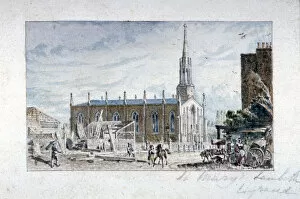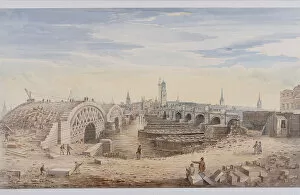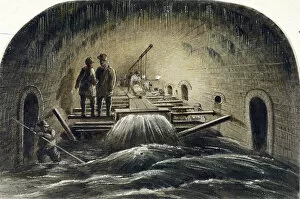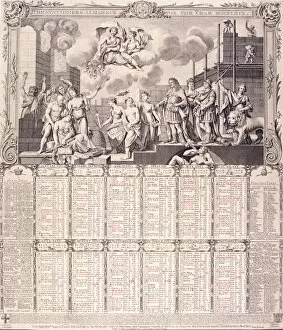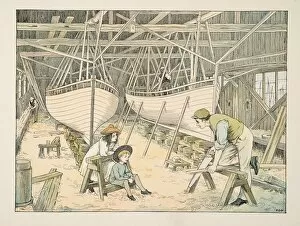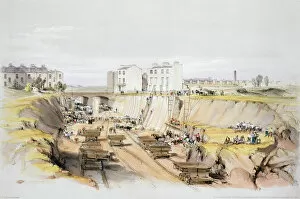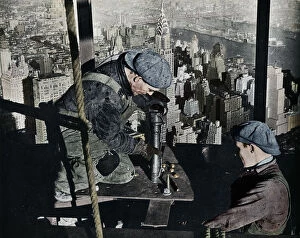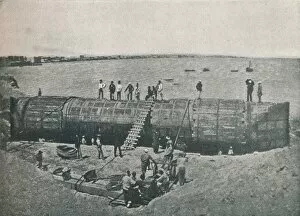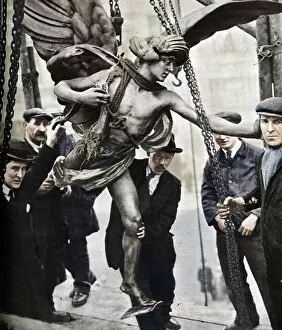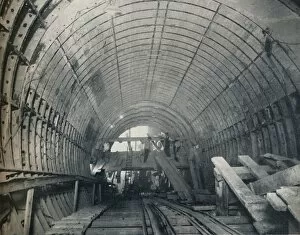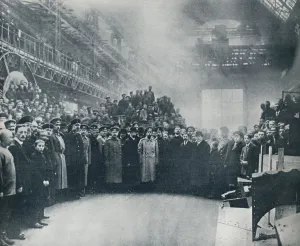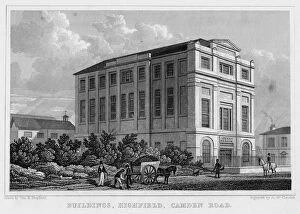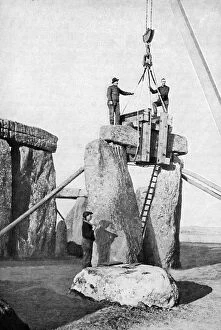Workman Collection (page 14)
"Building Empires, State by State: A Tribute to the Workman" In this captivating illustration from "Railway Ribaldry" by W Heath Robinson
All Professionally Made to Order for Quick Shipping
"Building Empires, State by State: A Tribute to the Workman" In this captivating illustration from "Railway Ribaldry" by W Heath Robinson, we witness the ingenuity and dedication of a workman. With his tools in hand, he embodies the spirit of craftsmanship that has shaped our world. Displayed proudly alongside is a trades union membership certificate, symbolizing solidarity and protection for workers' rights. It serves as a reminder of the collective strength that empowers individuals like our workman to strive for better conditions and fair treatment. A snapshot captures another remarkable moment in history - a man diligently working at Dinorwig Slate Quarry in North Wales. His unwavering commitment echoes through time, reminding us that hard work knows no boundaries or limitations. "No Fear" resonates boldly across an inspiring poster advertising Pollards Storefitters. This motto encapsulates the fearless attitude required to tackle any challenge head-on; it reminds us that with determination and resilience, success is within reach. The image of workers splitting slates during World War II evokes memories of unity and sacrifice. These men understood the importance of recycling cans to aid the war effort in East Ham, London – their contribution played an integral role in protecting their nation's freedom. Moving forward in time, construction workers on the foreshore near Workington install power cables for Robin Rigg offshore wind farm. Their tireless efforts ensure sustainable energy sources for generations to come – proof that every they are make a lasting impact on our planet's future. Locomotive maintenance unveils yet another facet of skilled labor – these unsung heroes keep our railways running smoothly day after day. Their expertise ensures safe travels for countless passengers who rely on efficient transportation systems worldwide. Delving deeper into history reveals railway cutting works where fossilized trees were discovered. The diligent excavation carried out by these dedicated workmen unraveled secrets hidden beneath layers of earth - connecting us with our prehistoric past.








